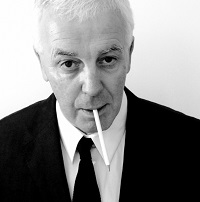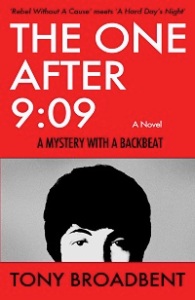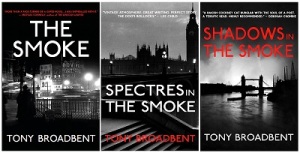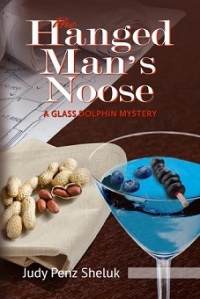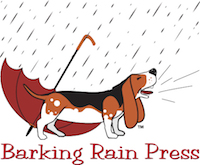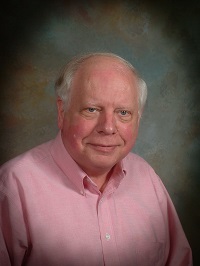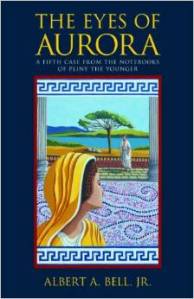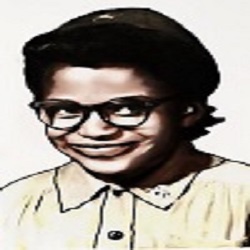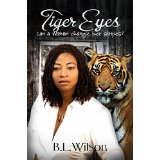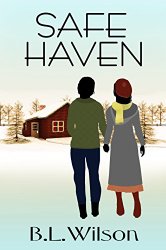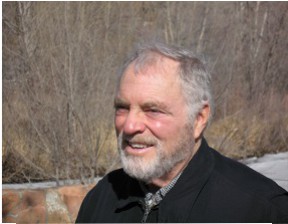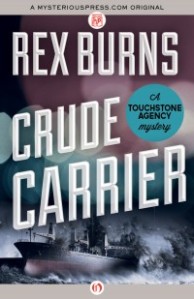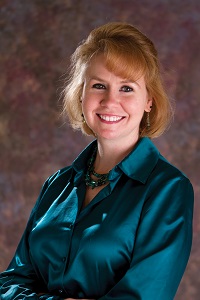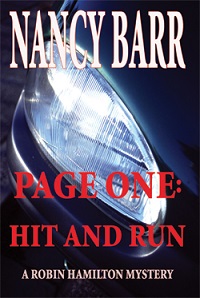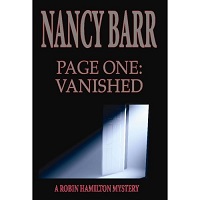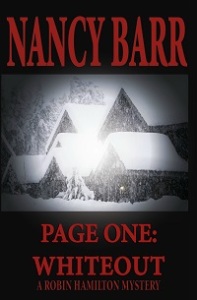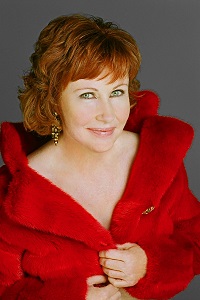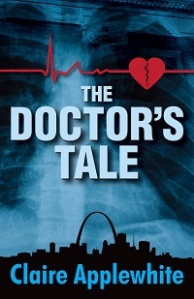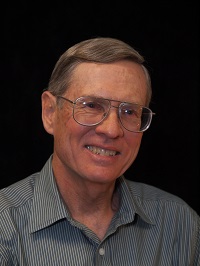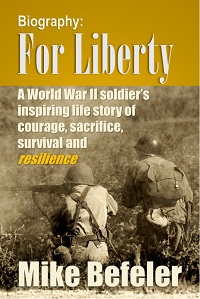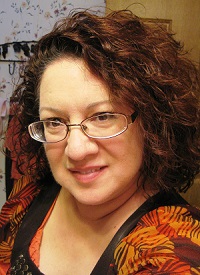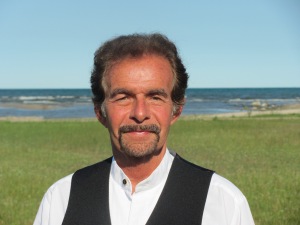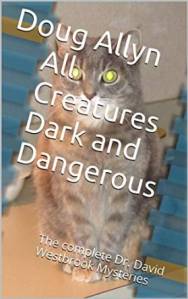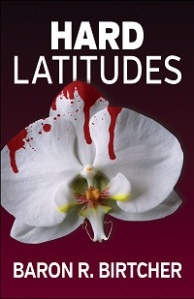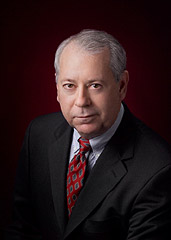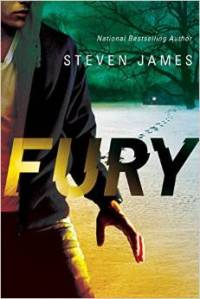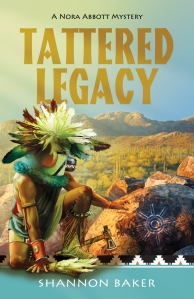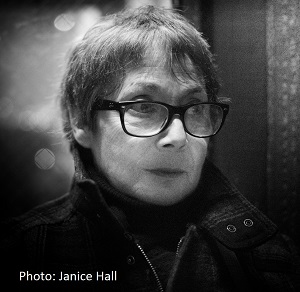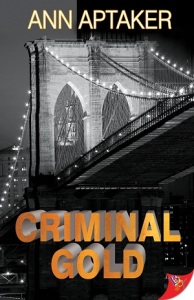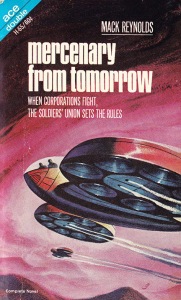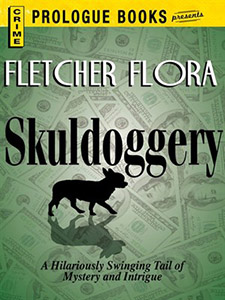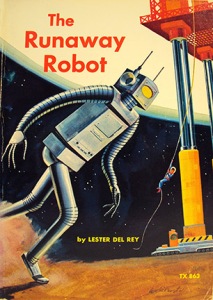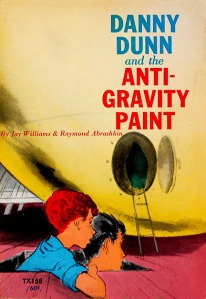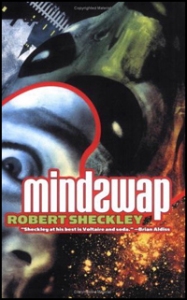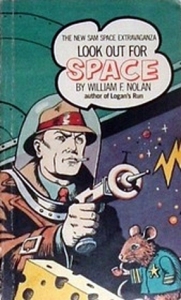You probably know the answer to the question, “What’s the most important thing in real estate?” (Answer: location, location, location.) Okay, what’s the most important thing in crime or mystery writing? Answer: plot, plot, plot.
Anyone who says they find writing plots easy is either a liar or a fool. It’s gritty, sweaty work, and it’s what separates the men from the boys, the women from the girls, and the professionals from the wannabes. It goes by other names – structure, story, narrative throughline, storyline – but it is the single most important element in the commercial (and often critical) success of a book in the crime genre. (Remember The DaVinci Code?) To paraphrase Vince Lombardi, plot is not the most important thing, it’s the only thing. All the pretty prose, marvelous metaphors, and captivating characters in the world will not make up for the lack of a good story.
So what makes for a good plot, and how do you get one? If that answer were easy, we’d all have as much money as Dan Brown and Michael Crichton combined. (When asked where he got his ideas, Harlan Ellison used to answer, “Schenectady. There’s a swell Idea Service in Schenectady; and every week I send ‘em twenty-five bucks; and every week they send me a fresh six-pack of ideas.”)
A really good premise helps – a lot. But a great premise is only a small part of the battle. Even a great premise can be ruined by bad execution, and a mediocre premise can be transformed into a brilliant story. If you have both, of course, you’ve hit the Story Jackpot.
He Who Suffers
Every story must have a main character, or protagonist – which, by the way, is Greek for “he who suffers the most.” Ignore this linguistic hint at your peril. By all means, make your protagonist suffer – and if others suffer along with him, so much the better. It has been said that we long to read stories about things happening to people that we would never, ever want to happen to us or the people we care about. The irony, of course, is that stories only work if we do come to care about the characters – especially the long-suffering protagonist.
Some stories have what is called a “group protagonist” – a group of people acting as one, wanting the same thing, working toward the same goal. A good example of this is Caleb Carr’s intriguing historical thriller, The Alienist, as well as its sequel, Angel of Darkness. Both books have a small band of folks who work together to identify and capture the serial killer prowling the streets of 19th century New York City. No one person stands out in either book as being the central character, even though both books have a first person narrator who is close to the action. Of course, a potential drawback of using a group protagonist is that the reader can end up bonding rather weakly with several characters instead of bonding strongly with one – thus decreasing his emotional involvement. (This is true in both of Carr’s books, in my opinion, but no worries: the real star in both books is the setting, which Carr brings to life masterfully.)
And emotional involvement is a key element in any genre. The word “emotion” means “movement,” and when people read stories, they want to be moved. So it’s our job to deliver not only thrills but chills – not only to engage our readers, but to move them. So give your protagonist something worth struggling for, and then, by god, make him struggle.
 In the old fashioned version of the classic murder mystery, there may not be a terrific amount of emotional involvement on the part of the reader, but that lack of emotion is replaced by the pleasure of trying to solve the puzzle. This would be especially true of the so-called “cozies,” which engage the reader not by terrifying or moving them, but by presenting them with charming characters, picturesque settings, and a jolly good puzzle to solve. Though P.D. James is a novelist of terrific intellect and keen insight, some of her Inspector Dalgleish novels teeter toward the cozy end of the spectrum. In Death Holy Orders, for example, Dalgleish travels to a quaint seaside theological college to uncover the mystery behind the death of a student. The reader is given a lot of historical detail about the area, the setting is both picturesque and appropriately spooky, the characters are eccentric in the way only the British can be, and eventually the criminal is brought to justice. But it is a “closed society” killer – the threat never widens out into society in general, and Dalgleish himself is never truly in danger. It’s a good ride, but it’s not an edge-of-your-seat page turner.
In the old fashioned version of the classic murder mystery, there may not be a terrific amount of emotional involvement on the part of the reader, but that lack of emotion is replaced by the pleasure of trying to solve the puzzle. This would be especially true of the so-called “cozies,” which engage the reader not by terrifying or moving them, but by presenting them with charming characters, picturesque settings, and a jolly good puzzle to solve. Though P.D. James is a novelist of terrific intellect and keen insight, some of her Inspector Dalgleish novels teeter toward the cozy end of the spectrum. In Death Holy Orders, for example, Dalgleish travels to a quaint seaside theological college to uncover the mystery behind the death of a student. The reader is given a lot of historical detail about the area, the setting is both picturesque and appropriately spooky, the characters are eccentric in the way only the British can be, and eventually the criminal is brought to justice. But it is a “closed society” killer – the threat never widens out into society in general, and Dalgleish himself is never truly in danger. It’s a good ride, but it’s not an edge-of-your-seat page turner.
Please, Sir, May I Have Some More?
When young Oliver approached the dour cook in Oliver Twist, he really wanted some more porridge – no, he needed it, because he was starving. Who among us can’t relate to the plight of a starving orphan? He’s starving, for god’s sake, and he’s an orphan! Give the kid some more gruel! That’s one of the many ways Dickens draws us into the plight of his characters – the stakes are high, the situation dire, and his poor characters are in terrible, life or death situations. In his day, he was the equivalent of J.K. Rowling – people lined up at the docks of New York to wait for the ship bringing the next installment of The Old Curiosity Shop to see if poor Nell lived or died (I hate to break it to you, but she died.)
In order to have a story, you need a character who wants something – no, who needs something. In The Maltese Falcon, Sam Spade really needs to know who killed his partner, Miles. In Crime and Punishment, Raskolnikov at first needs to kill the landlady (or feels he does, which is the same thing from his perspective), and later he needs to evade the police (until he feels the need to confess, which is another brilliant twist in Dostoevsky’s masterpiece of a novel).
And then you have to put as many obstacles in his way as you possibly can – the more, the merrier. Janet Burroway has a neat little formula: Drama = Desire + Danger. And the greater the desire, or need, the greater the possibilities for drama. But to make the story work, you have to add the key element of danger.
Danger, Will Robinson
I have my own mantra to spur me on to gripping storylines: the greater the danger, the more you interest a stranger. In other words, your readership is in direct proportion to how much you make your characters struggle to get what they want. The kicker, of course, is how do you do that?
Well, first of all, it is key to create a situation in which the character has something to lose if he or she fails. In other words, raise the stakes. And, as I mentioned in the first lecture, the more there is to lose – the more people who might be affected if your protagonist fails – the better.
In The Maltese Falcon, Sam Spade will lose both his self-respect and his professional reputation if he fails to find the killer. There is also a good chance whoever killed Miles will come to kill him. In Crime and Punishment, Raskolnikov’s sanity and self-image are at stake before he murders the landlady – afterwards, his liberty and perhaps even his life are at stake.
This is wonderfully clear in the premise of The Andromeda Strain. What is at stake is simply the survival of mankind. Either the virus wins, or we do; it’s as simple as that. Okay, you may not think we’re the greatest thing that ever happened to this planet, but if contemplating our total annihilation doesn’t send a chill up your spine, you’re probably too thick-skinned to be a writer. And defeated by a virus? Crichton makes his scientists struggle mightily against not Nature herself – and, as we all know, you can’t fool her . . .
Nature makes a pretty good villain in a lot of genres – certainly in most medical thrillers she is an accomplice at the very least, if not the main threat. Of course you have to pile human drama on top of that – people struggling with and against each other, but more about that later.
This Time, It’s Personal
So how do you make the reader care? Well, the most obvious way is to make the struggle matter greatly to the protagonist – in other words, make it deeply personal. Unfortunately, this can be clumsily done, and can come across as painting-backstory-by-numbers. In The Princess Bride William Goldman lampoons this story cliché in the Mandy Patinkin character, who, in scene after scene, intones “Hello. My name is Inigo Montoya. You killed my father. Prepare to die,” in an overdone Spanish accent. Comedy trades in clichés, of course – without them, it would be a thin world for comedy writers.
But clichés become common because there was once something vital and true about them; otherwise, they wouldn’t have caught on in the first place. The trick to breathing life into any well-worn device is to make it fresh, give it a twist – or, best of all, imbue it with emotional truth. What exactly is emotional truth? Well, perhaps it is a little like pornography, in the famous definition given by the Supreme Court Justice Potter Stewart, who, while admitting he couldn’t define it, insisted that “I know it when I see it.”
Emotional truth comes about when you write from within yourself, forging the protagonist’s struggles from elements in your own life or character or (dare I say) soul. If you sit down to give your protagonist a backstory of say, a dead wife, and you can’t relate personally to this, having never been married or never experienced such a thing, or if you lack the imagination to experience it vicariously, then your choice will ring hollow. You can’t just pluck a plot point out of the air because you decide you need “something,” so this will do. If you do, the reader will smell a rat.
But since imagination is one of the prerequisites for being a writer, you can give your protagonist that backstory, even if you’ve never been married or suffered such a loss, but only if you can put yourself in his shoes and experience the loss as fully as possible. It is no coincidence that most playwrights were once actors. The skill set is similar: imagination, sympathy, the desire to live a character’s emotional life vicariously. It is also no accident that many writers have one or two themes they pursue obsessively, working out the problem again and again, much as Monet was drawn to painting the Sacre Coeur over and over.
You often don’t have to dig very deep to find the origins of a writer’s obsession. For instance, Conrad Aiken wrote story after story about the loss of a child, his most famous being “Secret Snow, Silent Snow,” in which a little boy is lost to madness. It all makes sense when you know that he lost his little sisters at the age of five and never recovered – though I prefer to think he recovered a little with each story he wrote.
James Elroy’s mother was murdered when he was a boy, and it colored his entire life. His career as a crime writer no doubt came about in part because of this loss – he even wrote a fascinating memoir about her death, My Dark Places.
As to my own personal backstory and obsessions, well, I guess you’ll just have to read my work and figure it out. And you’ll probably be right.








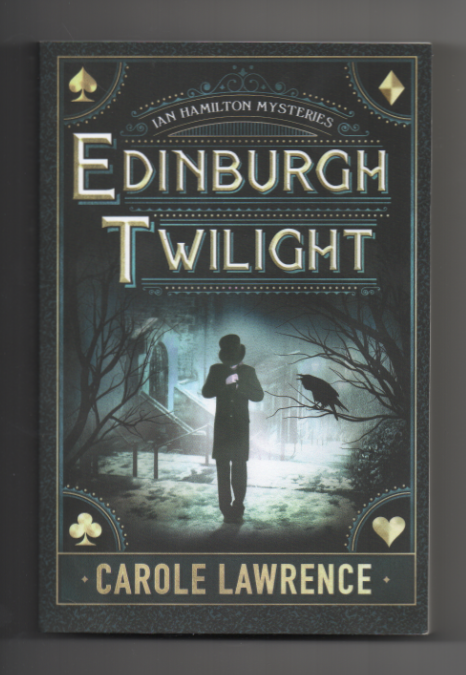 (This is a synopsis, not his review.)
(This is a synopsis, not his review.)

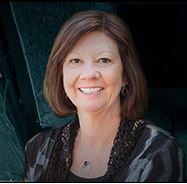

 In the old fashioned version of the classic murder mystery, there may not be a terrific amount of emotional involvement on the part of the reader, but that lack of emotion is replaced
In the old fashioned version of the classic murder mystery, there may not be a terrific amount of emotional involvement on the part of the reader, but that lack of emotion is replaced 




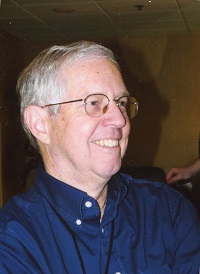


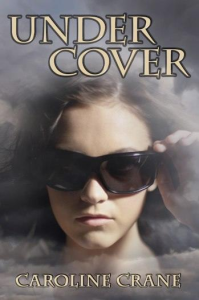



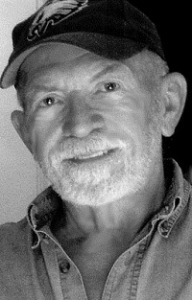

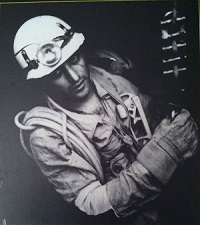
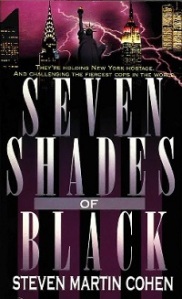



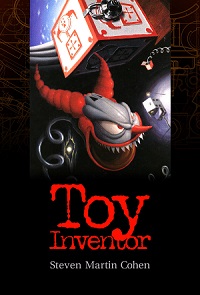


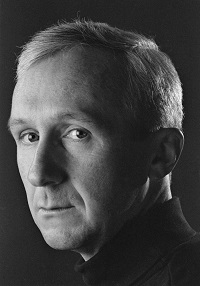
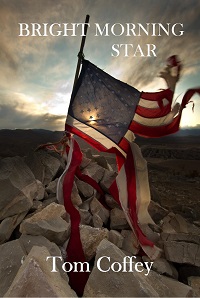



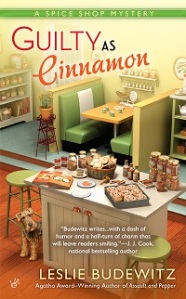
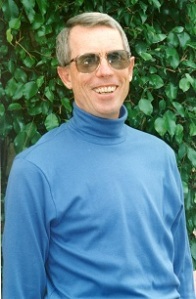


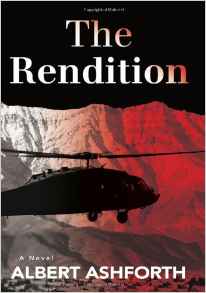

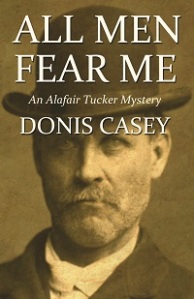

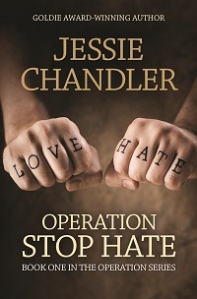

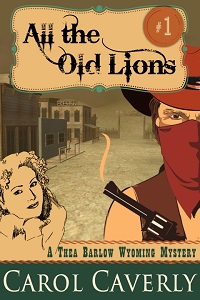


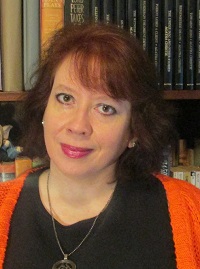


![Pageflex Persona [document: PRS0000038_00066]](https://carolebugge.wordpress.com/wp-content/uploads/2015/09/murderwithaltitudehr-1.jpg)
